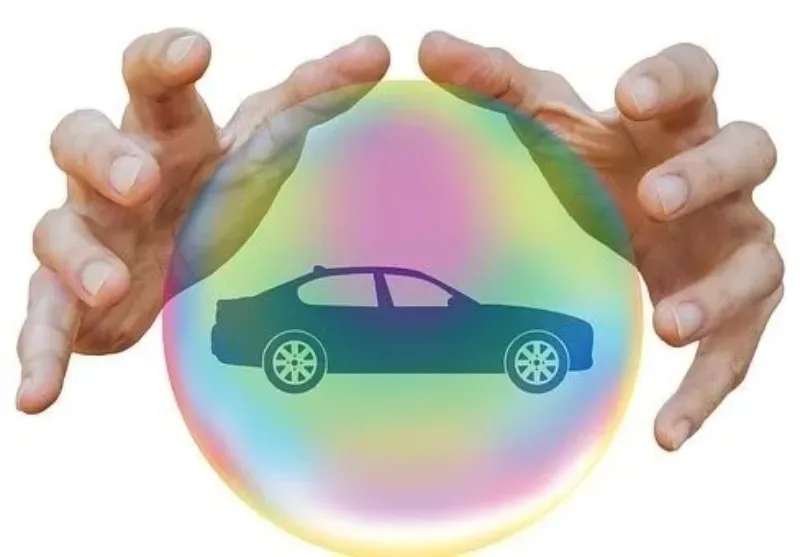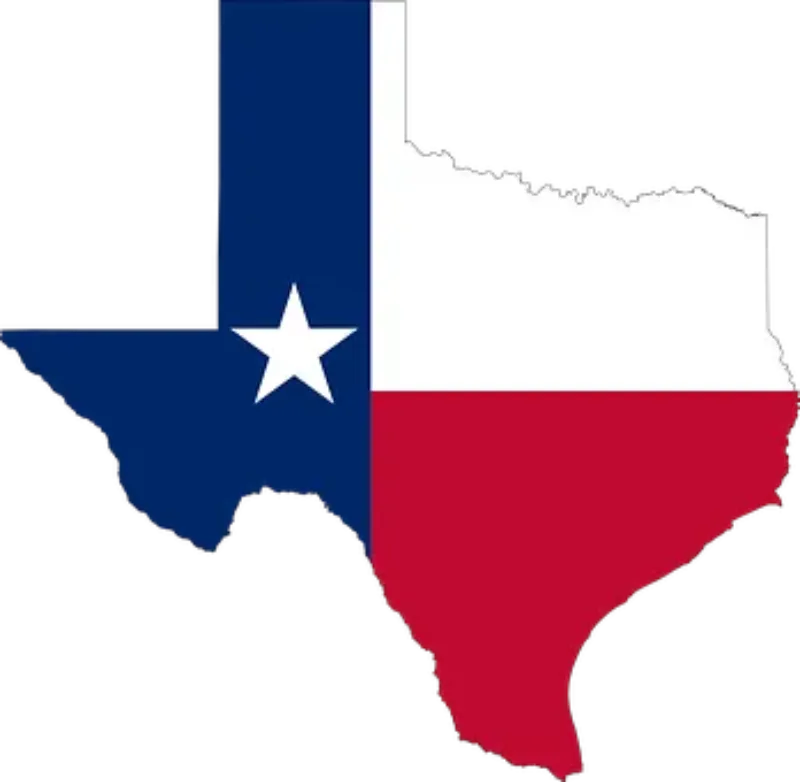
The KISS (keep it simple stupid) answer is…NO! I have been helping victims of car accidents for over twenty years (7 years as an assistant and 15 years as a personal injury attorney) and 90% of the victims I have worked with told me that their agent told them they had “full coverage”. Naturally, when a person hears “full”, they think that means they have all of the insurance they can get, but sadly, they typically do not. In Texas, the “full coverage” misnomer, usually means that you have purchased liability, collision, and comprehension coverage. This may fully cover your vehicle, but it DOES NOT fully cover the potential damages to your body or the bodies of your passengers. Following is a breakdown of the types of automobile insurance coverage available in Texas and a discussion of other helpful information when protecting your vehicle, yourself, and your passengers.
1. Types of Coverage
a. Liability Coverage
This coverage pays other drivers and also, passengers in your car if the accident is your fault. This covers damage to vehicles and property, like car seats, (property damage coverage) and damages to people (bodily injury coverage). Bodily injury claims cover past medical expenses, future medical expenses, past lost wages, future lost wages, pain, suffering, mental anguish, scarring, and disfigurement.
b. Collision Coverage
This coverage pays for damage to your vehicle. If the accident is your fault, you can use your collision coverage to get your vehicle fixed or totaled. If the accident is not your fault, and you do not have uninsured motorist coverage, you can also your collision coverage to get your vehicle fixed or totaled. One note of importance, the deductible (what you have to pay out of pocket) for collision coverage, is almost always higher, than the deductible for uninsured motorist coverage.
c. Comprehensive Coverage
This coverage also pays for damage to your vehicle. A comprehensive claim pays if your vehicle is stolen, flooded, or catches on fire. It also covers vandalism, running into animals, fallen trees, and anything that is not a wreck (barring exclusions).
d. Personal Injury Protection Coverage
This coverage pays for damages to your body and damages to the bodies of your passengers, including medical expenses and 80% of lost wages. This would also cover you if you were in an accident in someone else’s vehicle, on your bicycle, on your motorcycle, or if you were hit while walking (a pedestrian).
e. Medical Payments Coverage
This coverage is very similar to Personal Injury Protection Coverage, but it does not cover lost wages and it is also subrogatable. Subro..what…able? Most insurance carriers issue their medical payment policies with rights of subrogation, meaning that you have to pay your auto insurance carrier back if you get payment from the insurance from the person that caused your accident.
f. Uninsured Motorist Coverage
This coverage pays for both bodily injury and property damage. This coverage is available when you have an accident with another driver, who is found to be at fault, and also has no liability coverage. This coverage also covers hit-and-run accidents. UMBI pays for the bodily injury and UMPD pays for the property damage.
g. Underinsured Motorist Coverage
This coverage is similar to uninsured motorist coverage, except that it covers accidents, where the at-fault driver does not have enough coverage. Accidents can cause damages that are higher than the value of the liability policy and in that situation, underinsured coverage would apply.
h. Towing and Labor Coverage
This coverage pays to tow your vehicle, if it is undrivable. It also pays for labor to change a flat tire or jump-start your battery.
i. Rental Reimbursement Coverage
This coverage pays for you to be in a rental, if your vehicle is stolen or in the repair shop, after an accident. Some policies also pay for taxi rides or ride-sharing services. Beware that if your rental is provided through liability insurance, the rental company may require a $50.00 deposit (from you) or to have a credit card on file, for any potential damages to the rental.
j. Loss of Use Coverage
In Texas, if you do not use a rental, you are entitled to loss of use payments. This means that the insurance company for the person that caused the wreck, must pay you a “reasonable” amount of money for each day that you were without a vehicle. Even if the insurance company for the person that caused the accident provides you a rental for some of the days, but not all days, they still owe you loss of use payment for the days that you did not have a rental.
2. State Minimum Requirements and Minimum Limits

The minimum coverage required, by law, in Texas, is liability coverage ONLY. The minimum limits of liability coverage, in Texas, are $30,000.00/$60,000.00/$25,000.00. For a minimum limits liability policy, the most that could be paid to one injured person is $30,000.00, for the bodily injury claim; the most that could be paid to all people injured by the insured would be $60,000.00; the most that could be paid for property damage is $25,000.00. The Texas Department of Insurance recommends buying more liability coverage, than the minimum, because if you get into a multi-vehicle accident, you might have to pay out of your pocket.
3. If my agent says I have “full coverage”, what do I NOT have?

If your agent says you have “full coverage”, typically, the only thing fully covered is your vehicle.
Unless you ask for it, you do not have:
- Personal Injury Protection
- Medical Payments Coverage
- Uninsured Motorist Coverage
- Underinsured Motorist Coverage
- Towing and Labor Coverage
For both Personal Injury Protection and Uninsured/Underinsured Motorist Coverage, in Texas, your agent MUST have you sign and date a written rejection of both of these types of coverage. If you are in an accident and qualify for these types of coverage and your agent cannot provide a signed rejection, they must provide you the State minimums of each, Personal Injury Protection policy is $2,500.00 and Uninsured/Underinsured Motorist coverage is $30,000.00/$60,000.00/$25,000.00 (same break down as the liability minimum).
4. What is the best coverage for me and my family?

There are several factors to consider when deciding what is best for you and your family. Definitely, in a time following the COVID shutdown, for many families, the cost is a great concern. The lower the limits of your policy, the less the premium will be. Requesting a lower deductible could lead to a lower premium. If you have health insurance, and you are trying to minimize your costs, Personal Injury Protection or Medical Payments might be something you could go without. Even though it is against the law, in Texas, to drive without liability coverage, it is estimated that at least 20% of Texas drivers are uninsured. This means that 1 out of 5 vehicles, that are driving on the road with you, on average, are uninsured. Driving without uninsured motorist coverage is a very risky choice to make. Ultimately, the best coverage for you and your family depends on what you can afford, but when it comes time to make that decision, you also need to look at what you are risking by minimizing your coverage.
Stay Safe Texans!

